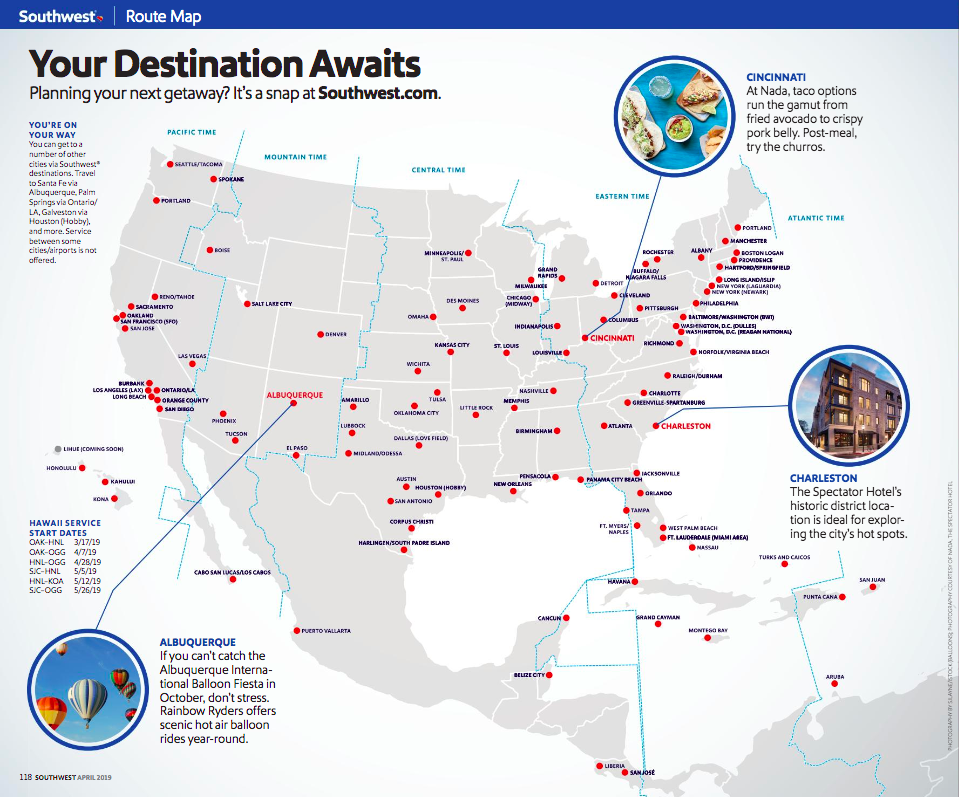

We want to give our people maximum flexibility to recover during these wider-scale disruptions.Nonstop and connecting flights are available to cities throughout the United States, Canada and Mexico from MCI. "We're continuing to aggressively hire we've reduced our planned flying through this lens in the past and we won't hesitate to do it again. "Going forward, we're continually assessing our operational plan with staffing in mind," a Southwest spokesperson said in a statement to Insider. Southwest told Insider that the event was exacerbated by the conservative approach to staffing that resulted from the pandemic. They should have been able to make arrangements for those events, perhaps pre-canceling flights." "Southwest knew that there was bad weather that would hit the central US last week, they knew that there was going to be bad weather in Florida. "What is clear is: Southwest does not have a good set of strategies to anticipate, manage and recover from weather disruptions and other causes of irregular operations," Harteveldt said. And that could leave customers flying between San Francisco and Los Angeles, for example, without an aircraft. However, the network strategy can fall apart during periods of "irregular operations," such s bad weather, if not promptly corrected, as evidenced by the weekend's events. New cleaning procedures during the pandemic, however, require passengers to disembark. Southwest also offers "one-stop, no plane change" flights where passengers on through flights can stay on board the aircraft during these intermediary stops. "If there is bad weather in Florida and a flight is canceled, it can cascade down that flight and affect flights between points that are hundreds, perhaps thousands of miles away from where the bad weather took place," Harteveldt said. Examples of its point-to-point routes include Sacramento, California to Ontario, California Raleigh to Tampa, Florida and Long Island, New York to West Palm Beach, Florida. Southwest, while having bases at airports across the US, will send aircraft hopscotching across the country and to its international destinations. Most Delta Air Lines flights, for example, will start or end in either New York, Los Angeles, Salt Lake City, Seattle, Boston, Detroit, Atlanta, Minneapolis, or Raleigh, North Carolina. Each airline has a handful of hubs across the US from where flights will usually arrive or depart. Major carriers including American Airlines, Delta Air Lines, and United Airlines alternatively operate what's known as a "hub-and-spoke" route network. Meltdowns like the one experienced over Columbus Day weekend are few and far between. The point-to-point strategy has proved effective in allowing the airline to serve a greater number of US cities without having to contract regional airlines, as is the default of the major airlines when serving low-demand markets. "A flight, let's say, from Florida to California may make multiple stops along the way, like a proverbial puddle jumper."

"Southwest operates a very complex spider web-like point-to-point route network," Henry Harteveldt, travel industry analyst and president of Atmosphere Research Group, told Insider. The reason traces back to how Southwest schedules flights across its nationwide route network that differs from many of its competitors. As of Thursday morning, only 30 flights have been canceled for the day, according to flight tracking company FlightAware, down from thousands in the combined days prior.īut the weekend's events have left some flyers in regions as far as the West Coast wondering why their flights were canceled when bad weather and air traffic control issues in Florida were to initially blame. The worst of Southwest Airlines' Columbus Day weekend meltdown appears to be over as cancellations are dwindling.


 0 kommentar(er)
0 kommentar(er)
